http://www.edistribucion.es/anayaeducacion/8430042/unit_01.html
UNIT 1- THE BASIS OF LIFE
Introduction
U01 Basis Of Life from guest5024e5c
The importance of water for living things
CarbohydratesThe importance of water for living things
Within our bodies we use water:
- To regulate internal temperature
- To move nutrients
- To move oxygen
- To move hormones and other chemical substances
- As a medium for chemical reactions
- To remove wastes
Did you know that the lungs must be moist to work properly?
Video youtube transportation in plants
https://www.youtube.com/watch?v=bvPM6sfidY4
Video youtube transportation in plants
https://www.youtube.com/watch?v=bvPM6sfidY4
https://www.wisc-online.com/learn/natural-science/life-science/ap13104/biomolecules-the-carbohydrates
Cell games
http://www.sheppardsoftware.com/health/anatomy/cell/index.htm
Quiz about cell parts
http://www.biologycorner.com/quiz/qz_cell_parts.html
UNIT 2- NUTRITION
Video showing a sponge feeding
http://ntic.educacion.es/w3/eos/MaterialesEducativos/mem2003/todocorazon/
http://cienciasnaturalesinsanpecla.weebly.com/la-circulaciacuteon-en-animales.html
Excretion in animals
•Excretion is necessary because if waste products remain in the
organism they will become toxic or poisonous to the organism by damaging its
tissues.
Also, excretion is necessary to
maintain a balance in the body (homeostasis).
1-Osmosis
Water enters or leaves cells by osmosis. Movement of water from a lower-concentration solution to a higher -concentration solution, through a semi-permeable membrane until the solutions have the same concentration.
There are three possible situations:
- If two solutions separated by a semi-permeable membrane have the same concentration, they are isotonic. Water molecules do cross at equal rates in both directions.
- When two solutions have different concentrations, the one with the greater concentration of solutes is referred to as hypertonic, and the one with lower concentration is hypotonic.Water flows by osmosis from a hypotonic solution to a hypertonic one.
The three posibilities:
Animation about osmosis
Introduction to excretion. Main things
Another picture showing the type of substances they excrete
Differences between freshwater fish and saltwater fish
PPT about the unit (only until slide number 15)
Questions and answers about excretion and osmoregulation (theory and pictures)
http://bcs.whfreeman.com/thelifewire8e/content/cat_010/51010-01.htm?v=chapter&i=51010.01&s=51000&n=00010&o=%7C00010%7C
NUTRITION IN PLANTS
Video about transpiration, xylem and phloem vessels. ( Interesa desde el inicio al minuto 3´21",
del 3´55"al 4´08" y del 5´16" al final)
https://www.youtube.com/watch?v=xGCnuXxbZGk
Questions about the previous video:
- Can water and nutrients move through the tree against gravity?
- Is there a pumping organ like our heart in plants?....so what pumps fluids?
- What process helps water being pulled from the roots to the leaves?
- Where does transpiration begin?
- What are stomata?
- What are xylem and phloem? What is their function?
Conceptual map about the unit
UNIT 3 INTERACTION AND COORDINATION
Crossword about easy concepts
http://faculty.washington.edu/chudler/amaze.html
Interactive activity. Classifying eyes
http://www.edistribucion.es/anayaeducacion/8430042/UNIT_3/actividades/actividad3_2/index_activity.html
Video and test about the nervous system
http://studyjams.scholastic.com/studyjams/jams/science/human-body/nervous-system.htm
Animation reflex arc
https://www.youtube.com/watch?v=ZKjIP25FU7c
http://www.bbc.co.uk/schools/gcsebitesize/science/aqa_pre_2011/human/thenervoussystemrev3.shtml
http://www.bbc.co.uk/schools/gcsebitesize/science/edexcel/responses_to_environment/thenervoussystemrev3.shtml
!!!!!!!You can review part of the unit with this webpage¡¡¡¡¡
http://www.bbc.co.uk/schools/gcsebitesize/science/aqa/nervesandhormones/thenervoussystemact.shtml
Extra info about amazing animal senses
En español:
http://cienciasteorias.blogspot.com.es/2013/05/estimulos-y-respuestas-en-los-animales.html
En inglés:
http://faculty.washington.edu/chudler/amaze.html
http://www.factmonster.com/ipka/A0776199.html
Stimulus and responses
http://es.slideshare.net/ScienceBlueMcguffey/stimulus-andresponsetina?next_slideshow=1
Corals asexual reproduction
DIGITIGRADE, PLANTIGRADE, UNGULATE
CNIDOCYTE JELLYFISH
Video Sea anemonees barbed-harpoons Cnidocyte or nematocist
https://vimeo.com/37432287
Review activities
Main ideas
http://www.edistribucion.es/anayaeducacion/8430042/UNIT_3/actividades/actividad3_1/index_activity.html
http://www.edistribucion.es/anayaeducacion/8430042/unit_03.html
Plants
Spanish link
http://recursostic.educacion.es/secundaria/edad/1esobiologia/1quincena12/1quincena12_contenidos_3b.htm
http://e-ducativa.catedu.es/44700165/aula/archivos/repositorio/500/521/html/Unidad_05/pagina_2.html
Video plant adaptations
http://studyjams.scholastic.com/studyjams/jams/science/plants/plant-adaptations.htm
Video animals adaptations
http://studyjams.scholastic.com/studyjams/jams/science/animals/animal-adaptations.htm
Video about tropisms and nastia in plants
https://www.youtube.com/watch?v=pCFstSMvAMI
Video tropism
https://www.youtube.com/watch?v=pi3P3uJOsN4
Video girasol
https://www.youtube.com/watch?v=g8mr0R3ibPU
Video Mimosa
https://www.youtube.com/watch?v=BLTcVNyOhUc
Identify the type of tropism
https://www.youtube.com/watch?v=5JXm1USHlQY
Video nastia Venus flytrap
https://www.youtube.com/watch?v=O7eQKSf0LmY
BBC page. Summary
http://www.bbc.co.uk/schools/gcsebitesize/science/add_gateway_pre_2011/living/controlplantgrowthrev1.shtml
LAB SESSIONS
http://educaconbigbang.com/2014/03/transporte-de-savia-bruta-experimento-con-apio-y-colorante/
http://www.juntadeandalucia.es/averroes/recursos_informaticos/concurso2001/accesit_4/cromatografia.html
Link to some resources
http://evaprofebio.jimdo.com/natural-science-2nd-eso/ud-4-reproducci%C3%B3n/
Video male seahorse giving birth
https://www.youtube.com/watch?v=qVthvxvnAQs
Ovoviviparous animals
PLANT REPRODUCTION
Asexual reproduction. Mosses, ferns and liverworts
http://studyjams.scholastic.com/studyjams/jams/science/plants/mosses-and-ferns.htm
Link to studyjams, video and test about parts of the plant and seed formation (page 50 in the book)
http://studyjams.scholastic.com/studyjams/jams/science/plants/flowers.htm
Asexual reproduction. Mosses, ferns and liverworts
http://studyjams.scholastic.com/studyjams/jams/science/plants/mosses-and-ferns.htm
Link to studyjams, video and test about parts of the plant and seed formation (page 50 in the book)
http://studyjams.scholastic.com/studyjams/jams/science/plants/flowers.htm
You can learn more about plants.
Angiosperms
UNIT 5 THE STRUCTURE OF ECOSYSTEMS
Links to games
Explicación básica en español biosfera, ecosistema, biomas
Short video and test about ecosystems
BIOTIC OR ABIOTIC FACTORS
Ecosystems
Activity categories: organism.......ecosyste....community..
Song about energy flow song
Food chains, biomes game
Biomes
Food chains
Food webs
Changes in ecosystems
INTERSPECIFIC RELATIONSHIPS
What are these animals?
Is there any relationship between them?
What kind of interspecific relationship is there between the species?
Imagine an ecosystem with crikets and toads.
1-If the number of toads increases, what will happen to the population of crikets over time?
2- What will happen atfer that in the ecosystem?
3-Watch this video and compare your answers.
Video, predation
Stop it at minute 2. They must think examples of predation in aquatic ecosystems.
4-Think more examples of predation, identify the predator and the prey.
Other interespecific relationships.
Complete this table in your notebook. Write + if the species is positive for the species, - if it is negative and 0 if it doesn´t have any impact.
Try to find out the type of interspecific relationship.
1- Fleas and dogs..
2- Egyptian plover and crocodiles.
The egyptian plover eats the parasites that live on the crocodile. The bird feeds on them
3- Bees and flowers
4- Lichens (algae and fungi)
5- Hermit crab
6-Clown fish and sea anemonees
7- Falcon and snake
8- Sharks and remora fishes
Symbiosis, and other biotic relations
Video simbiosis pez gobio y gamba ciega
Video Biotic relations
Coral reefs
ANIMAL AND PLANT ADAPTATIONS
Video 3 animal adaptations: camels, jiraffes and penguins
Video studyjams plant adaptation and test
Video animal adaptations
Possum (zarigüeya) playing dead
Activity. What kind of adaptation is it? It is an adaptation to....
Example.
Answers; Plant adaptation to temperature and low humidity. They have small, hard leaves with thorns to avoid loosing water.
1- Slugs
2- Lizards. Are they endothermic or exothermic?
3- Bears
4- Beetle
5- Camels
Energy flows, matter cycle
Video food chain Studyjams
Video and test food chains food webs
Youtube song Energy flow song
The carbon cycle animation
Animation Food chain
Video How ecosystems work
Questions about the video
What provides energy to the ecosystem?
What trophic level captures the sunlight?
Producers transfer the chemical energy to,.......
Herbivores are eaten by.................So they get part of their energy.
Scavengers...example=
Decomposers=
There is a ________ of energy
Part of the energy in each level is realeased as _______ to the atmosphere.
Nutrients must be constantly _______
Energy ______, nutrients are _________
Habitat and ecological niche. Video
OTHER ACTIVITY
Find out (if you don´t know) what animals are the following in spanish. Write their names in english, ans Spanish and add a picture of them in your prezi or word file..
DEER
WOLVES
HAWKS
BEAVERS
DUCKS
MUSKRATS
FOXES
WEASEL
BUDGER
BEAR
MICE
3- Watch this video
Answer these questions about the video:
- What happened before the wolves appeared?
- What happened after the wolves population increased?
- Try to explain the interaction between: Wolves and deers.
- Deers, trees, birds and beavers.
- Beavers and muskrats, ducks and fish
- Wolves and coyotes
- Coyotes, rabbit and mice.
HABITAT AND NICHE
tROPHIC LEVELS
REPASO TEMA
Puedes repasar para el examen pinchando este enlace y luego pincha en Ecosystem components: Presentation.
Online game about food chains
Water pollution animation
Air pollution problems
Animation
Nasa animation about pollutants
This newly released NASA animation demonstrates how fast and far air pollution, much of it from Asia, flows through the planet’s atmosphere in just a matter of months.
Sustainable development animation
Webpage
SESSION IN THE LANGUAGE LAB-ACTIVITIES
First of all open a word file, PPT or a Prezi. Write your name on top and this title: "Ecosystems".
Then write the answer to these questions in your file:
1- What are keystone species?. Search for an answer.
A keystone species is a plant or animal that plays a unique and crucial role in the way an ecosystem functions. Without keystone species, the ecosystem would be dramatically different or cease to exist altogether.
All species in an ecosystem, or habitat, rely on each other. The contributions of a keystone species are large compared to the species' prevalence in the habitat. A small number of keystone species can have a huge impact on the environment.
A keystone species is often, but not always, a predator. A few predators can control the distribution and population of large numbers of prey species. A single mountain lion near the Mackenzie Mountains in Canada, for example, can roam an area of hundreds of kilometers. The deer, rabbits, and bird species in the ecosystem are at least partly controlled by the presence of the mountain lion. Their feeding behavior, or where they choose to make their nests and burrows, are largely a reaction to the mountain lion's activity. Scavenger species, such as vultures, are also controlled by the activity of the mountain lion.
2- Find out 2 examples of keystone species in these links
http://www.onegreenplanet.org/animalsandnature/if-these-species-go-entire-ecosystems-will-disappear/
Look for a picture of the 2 chosen animals and other pictures that help you explain why these species are known as keystone species. Copy your pictures in the word file or prezi.
3-You must find an example of an aquatic trophic chain and a terrestrial trophic chain in Spain. Write the species in order, relate them using arrows as in the book.Copy them in a word file.
UNIT 6- ECOSYSTEMS
Identify if the sentences talk about terrestrial or aquatic environments.
- Nutrients and gases are dissolved in water.
- There are frequent changes in temperature
- Pressure increases quicly with depth
- Animals usually have gills to breathe
- Things appear to weight less so it´s easier to move.
- There are moderate changes of temperature
- Some animals have amniotic eggs as adaptation
- Sunlight can only penetrate around 100m.
- Sunlight is distributed more evenly
- Pressure doesn´t vary very much
Pyramids
Biomass is the mass of living organisms in a given ecosystem.
We can draw pyramids of numbers.
We can draw pyramids of numbers.
And pyramids of biomass
Can you observe any differences between the terrestrial and aquatic pyramids?
COMPUTER´S SESSION 2- BIOMES
Con esta sesión se persiguen dos actividades a realizar:
1- Un Diagrama de Venn comparando algunos de los biomas.
2- Buscar el tipo de adaptaciones de dos seres vivos a su medio y el porqué de esas adpataciones.
ACTIVITY 1- VENN DIAGRAM
Haz clic aquí y mira en qué consiste el diagrama de Venn.
Este es otro ejemplo de un Diagrama de Venn.
Busca información sobre tus biomas, identifica las similaridades y las diferencias entre ellos en inglés. Puedes ayudarte de estos enlaces para ello:
Summary
Click here for more info about biomes
Construye tu diagrama de Venn con la información en inglés en una hoja de papel escrito a mano.
ACTIVITY 2- ADAPTATION TO THE BIOMES
- A
cactus has many adaptations in order to survive in its desert environment.
– Identify two adaptations of a cactus that help it survive best in a desert environment, rather than in a different type of environment.
– Identify two adaptations of a cactus that help it survive best in a desert environment, rather than in a different type of environment.
- The African elephant
has many adaptations that help it to survive in the tropical forest and
grassland environments that it lives in.
– Identify two physical adaptations of the elephant that help it to survive in
Africa.
– Explain how the two adaptations you selected help it to survive in Africa.
Webpages
Warm-up biomes ppt
venn diagram activity
Lesson plans
Biomes links
Venn Diagram creator
Juego biomes
Video about biomes and ecosystems
Biome´s map
Biomas en español animación
Otro video
Identify the biomes
Especies invasoras en España
Juego repaso biomes
Video ecosystems
Video especies amenazadas en España
Video UICN
Link to Iberian Lynx webpage
Video suelta de lince ibérico
Las especies más amenazadas
MARINE ECOSYSTEMS
Main link for me or for more info
Animation with audio about the main marine factors and nutrients. Three parts:
Short test about the animations
Animated video marine conservation zones
Aquatic ecosystems
CORAL REEFS
Previous knowledge
1-Are corals plants, animals, or rocks?
2-What group do they belong to?
3-Where do corals live?
4- How do hard corals build skeletons and reefs?
What is a coral
Virtual coral reef
Video
Video coral reef and climate change
Game about coral reefs
What is a coral?
Coral threats
Los corales narran la historia del cambio climático
Vídeo en español sobre el lince del escarabajo verde
GEOLOGY- UNIT 8 THE EARTH´S INTERNAL ENERGY
Previous ideas
What is geology?
What do you know about it?
What are minerals, rocks?
What is the geosphere?
What parts can we find in the geosphere?
Are these layers in the liquid or solid state?
What is a puzzle?
Let´s solve a puzzle
The Sun. Main facts
The distance between the Earth and the Sun is 1 AU
It is made up of hydrogen and helium
Light from the Sun takes eight minutes to reach the Earth
The temperature is about 5.500 degrees Celsius on the surface and more than 15.5 million Celsius at the core.
At the Sun’s core, energy is generated by nuclear fusion, as Hydrogen converts to Helium Deep in the sun's core, nuclear fusion reactions convert hydrogen to helium, which generates energy.
The sun's surface, or atmosphere, is divided into three regions:
- the photosphere,
- the chromosphere,
- and the solar corona.
The photosphere is the visible surface of the sun and the lowest layer of the atmosphere.
Just above the photosphere are the chromosphere and the corona, which also emit visible light but are only seen during a solar eclipse, when the moon passes between the Earth and sun.
Like many energy sources, the sun is not forever. It is already about 4.5 billion years old and has used up nearly half of the hydrogen in its core. The sun will continue to burn through the hydrogen for another five billion years or so, and then helium will become its primary fuel.
The sun will expand to about a hundred times its current size, swallowing Earth and other planets. It will burn as a red giant for another billion years and then collapse into a white dwarfabout the size of planet Earth.
Video about the Sun
Convenction currents
Video
Video. why is the sky blue or red?
AIR CURRENTS
Video temperatura del aire y densidad
Animation
Video
Video en español
Video el viento
Borrascas y anticiclones en español
Video giro aire en anticiclones y borrascas
Ocean currents
Coastal breezes
Video in English
Valley breezes
Thermal inversions
Video inversión térmica
Clouds and storms
METEOSAT AND WEATHER SATELLITES
Video en español
Video how satellites work
Space debris
Video basura espacial
Video Weather and climate
Video Air pressure and wind
http://studyjams.scholastic.com/studyjams/jams/science/weather-and-climate/air-pressure-and-wind.htm
Video about heat and temperature
Meteorological maps
UNIT 8 EXTERNAL DYNAMICS OF THE EARTH
Página en español con imágenes
Pictures weathering and erosion
vIDEO EROSION
ONLINE ACTIVITIES
Video Ulruru Australia
Video general en español sobre la meteorización y la erosión
VideO BBC Planet Earth fresh water
Video antiguo erosión glaciar
Glacier erosion. Trailer chasing ice
Chasing ice the largest glacier calving
oTHER VIDEO
Modelado eólico. Desiertos
http://recursostic.educacion.es/secundaria/edad/3esobiologia/3quincena3/3q3_contenidos_2b.htm
UNIT 10-ENERGY
PPT RENEWABLE OR NON-RENEWABLE
https://4cdab7dd-a-d3d27168-s-sites.googlegroups.com/a/ies-sabadell.cat/eeixarch/teaching-units/energy-resources/SESSION2.ENERGYRESOURCESPPT.pdf?attachauth=ANoY7crJr1fN95vwIoA0nt8pNclVLDmDHsgKXVos-LMSCQmq-5rYwZFH4p2DprIVhZuULtbN5wps29db7LyH52dcxV-KFCnEN0dMdn3U_73dvNkmgjaJIYIrRExuKrRLpK6DcoOP-XEnAVEP4WV1M9EhWWgWGoM2Hu85fEl4zxwL8Mp3uq8ZHyDmZm7tS8h1VZc-qMDrzeTCudI3NhTvwTbdCmoDYwv4tjyP7IOmks0ikQbUn-3oHH9EMo1dPqbsOwtILqg8jsf9ChPbi-qslb0E5rWueUepEQ%3D%3D&attredirects=0
Advantages and disadvantages
https://4cdab7dd-a-d3d27168-s-sites.googlegroups.com/a/ies-sabadell.cat/eeixarch/teaching-units/energy-resources/SESSION6.ENERGYRESOURCESPPT.pdf?attachauth=ANoY7crDTDoB8m25y8iMv1cJ_PO3xIf97mIV4lOQ4opsarIqIywGh9plxyrla3c3jwOC0yPQFtG2JG3FbNc-KXfCzUj96JSraCUOmHc1zCBMzwfLIgijvzJK7Vg1pFNb5yTa4DaTxowqFeTx1_wHZ1bHAYGNGIEphXt8aq7p8WMVFYYpKjuvS0uqXFIs5gSIXfO8IpKiEGxYJ816-K-KC2fleouSjKdho31X04Xc0Zjnt3aoBgq9A0vu2CsqSizvqhbbKzDmP4hEKaW4GC4GKivHRZwYbooJrg%3D%3D&attredirects=0
PPT saving energy
https://4cdab7dd-a-d3d27168-s-sites.googlegroups.com/a/ies-sabadell.cat/eeixarch/teaching-units/energy-resources/SESSION7.ENERGYRESOURCESPPT.pdf?attachauth=ANoY7crJVf22K-NvwRg4pTEU-HN-2PGJRm5t8yEDKymAmd7TNjdERkRgtcUKc3SqyfpZoBrKJR_cAPSeT8cRmEpGP7LNy_fKOP-Hv5USlXRm1iS05PfD95TcnaqX0lMr6k215O2yQ1CFiUa5bjOm_Z-Bz8p8o6Q6VcN-CTC_5pTRX3pG-maOlO1FXookJJOtSySCz-wRHc0eKdxROkYU9oQoPHlUDe66ot4Y-t8nk7Yu9CUK_GtIQYxaCf62WE21aks6lrJS8mkCI9kSM7h-inVyS8w9awdOyQ%3D%3D&attredirects=0
https://sites.google.com/a/ies-sabadell.cat/eeixarch/teaching-units/energy-resources
Video energy, let´s save it
https://www.youtube.com/watch?v=1-g73ty9v04
Energy, how is it produced ppt
https://4cdab7dd-a-d3d27168-s-sites.googlegroups.com/a/ies-sabadell.cat/eeixarch/teaching-units/energy-resources/SESSION9.ENERGYRESOURCESPPT.pdf?attachauth=ANoY7cp3hLMn2fM1O7XvVmcaJtZ4honKBuPaRnkYcIb7jrMjIS6p2W4QJgVLwqqN4A76pVibZTWU1RZ9rhPQ-QX17MKKP272eGYonflPc6eeWKAWzll2XXtw7nSHcGAq77Lx0k0sahDWlOgOK0Iu8BXcg8sWCzk1vp6UtUackeOoepu2lqN8mAkkKYwfVnFTfsxNT72_oPMSX6m_toZrpGZ60xzWV2lcFYctVlPzoic4nnMHlvaj0RkaebQ6uxDU2Cld_tg_m4njiQtBOqX26W9frP-cxoon3g%3D%3D&attredirects=0
Michael Jackson earth song
Lyrics training
http://es.lyricstraining.com/play/michael-jackson/earth-song/HxsilzhgZx#b7w
https://www.youtube.com/watch?v=XAi3VTSdTxU
Michael jackson earth song activity
https://4cdab7dd-a-d3d27168-s-sites.googlegroups.com/a/ies-sabadell.cat/eeixarch/teaching-units/energy-resources/SESSION10.ENERGYRESOURCESPPT.pdf?attachauth=ANoY7cqJ7qWslECiM1eowDyHcsfxCPW0p4bs0bzMa1Id-hJlKdE22ebi-0TMo8Vhac3nlM8ihNr12udhel4NguVEWNqz4NQfc1LIGXVGLtr8HE6n0tvmYr_LSXiYGcPttN1gfWOqV_DT_aUPTcVxCUBa3QNJnZ-rbc4zNShPy01oteGqjm6E--S73bu3kaSoW-lEm9VdoV-FsVEpedehNCKzozs9v-OHPlKwM8EvLVKZzoWw0rhm4F1n1-NXI2xvZh-2CchBypx6PmDvC8UVW31C2QlMMmasyw%3D%3D&attredirects=0
Other songs about the earth
http://es.lyricstraining.com/play/linkin-park/what-ive-done/UnMdGuRFCn#b7w
http://es.lyricstraining.com/play/within-temptation/mother-earth/H6w0ZDLmZ6#b7w
en español maná
https://www.youtube.com/watch?v=RjG4NAx141A
Video Matter and energy
http://studyjams.scholastic.com/studyjams/jams/science/matter/energy-and-matter.htm
Videos anaya science
http://www.edistribucion.es/anayaeducacion/8430042/unit_10.html
Video energies
https://www.youtube.com/watch?v=mIj8EuEJ8FY
PICTURES WITH OUR LANGUAGE ASSISTANT SAM, HIS LAST DAY HERE
https://www.youtube.com/watch?v=7p4LQxX-g5s
DISECCIÓN RANA
http://www.slideshare.net/jolumase/diseccin-de-una-rana
SOUND ACTIVITIES
Listado webpages
Decibels
The brain
The ear
LIGHT ACTIVITIES
Test

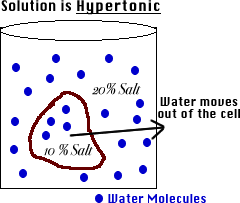






















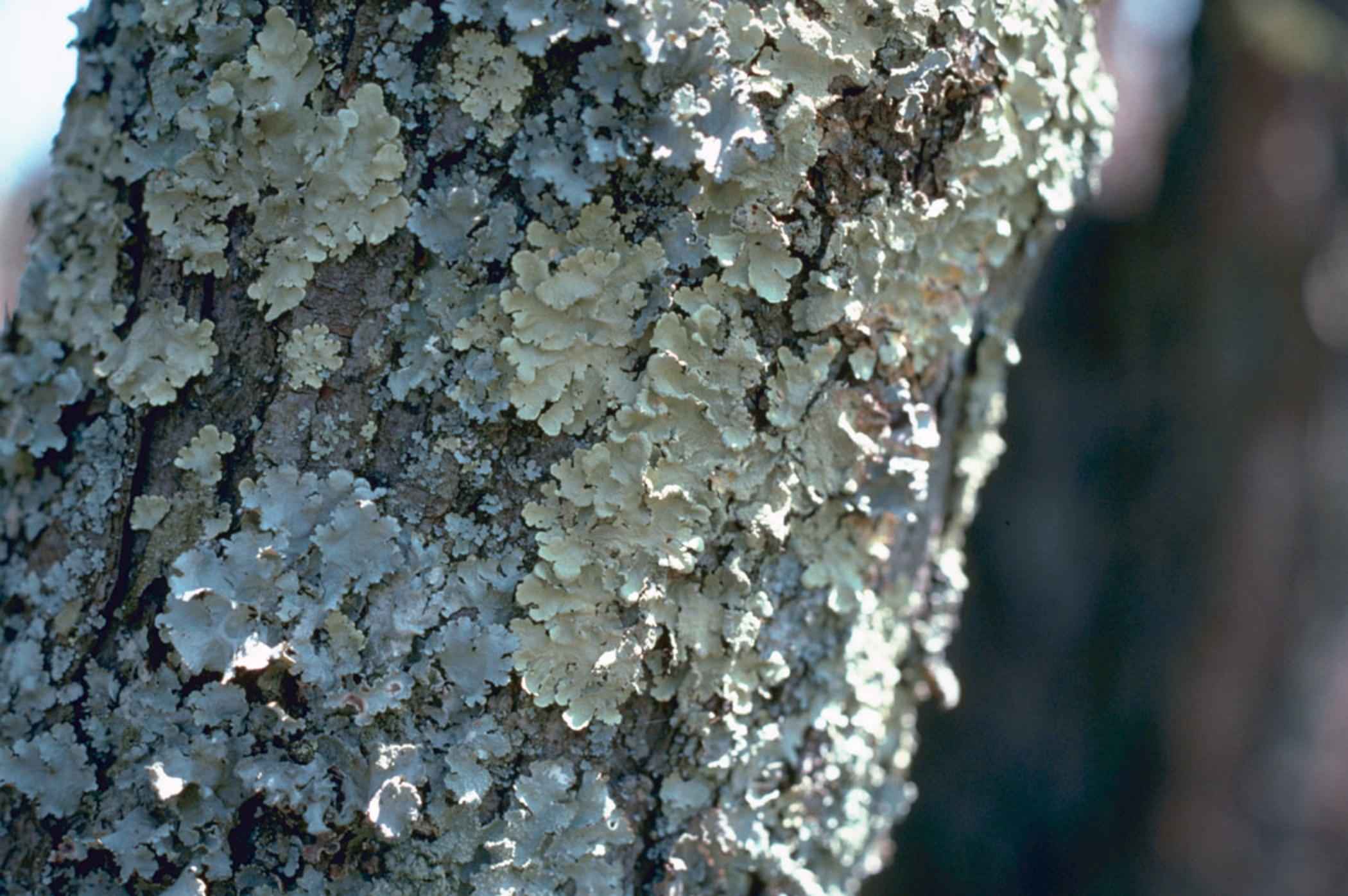

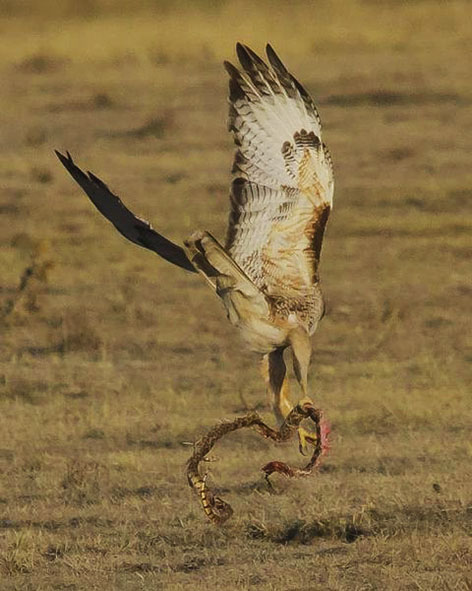

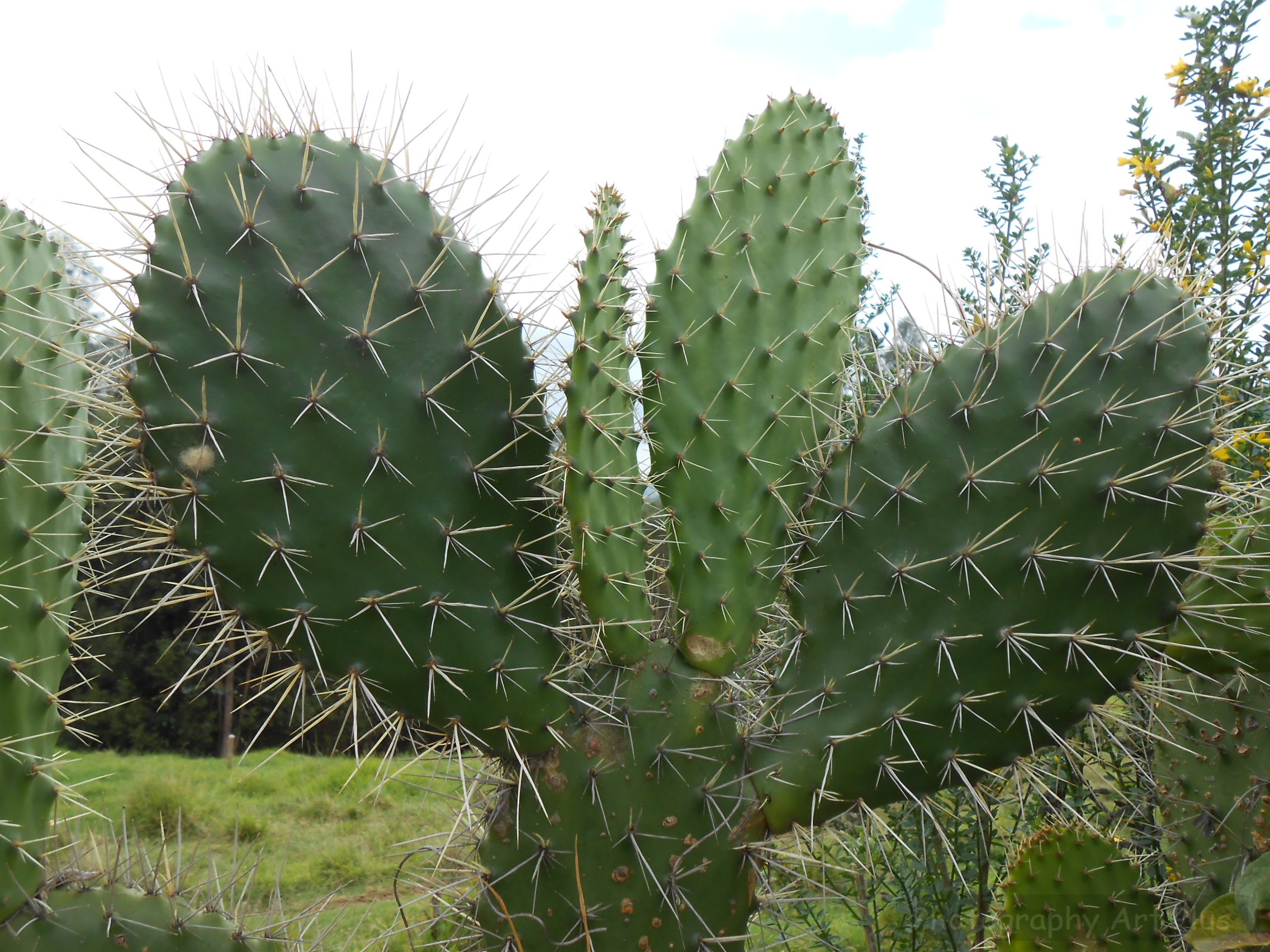
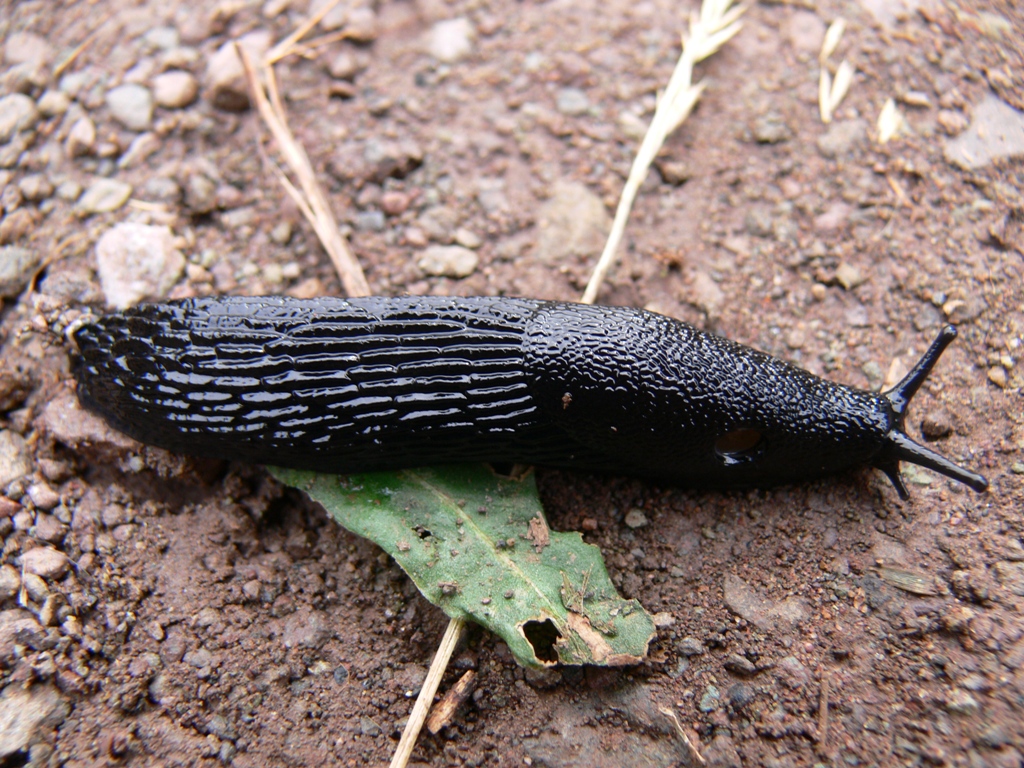

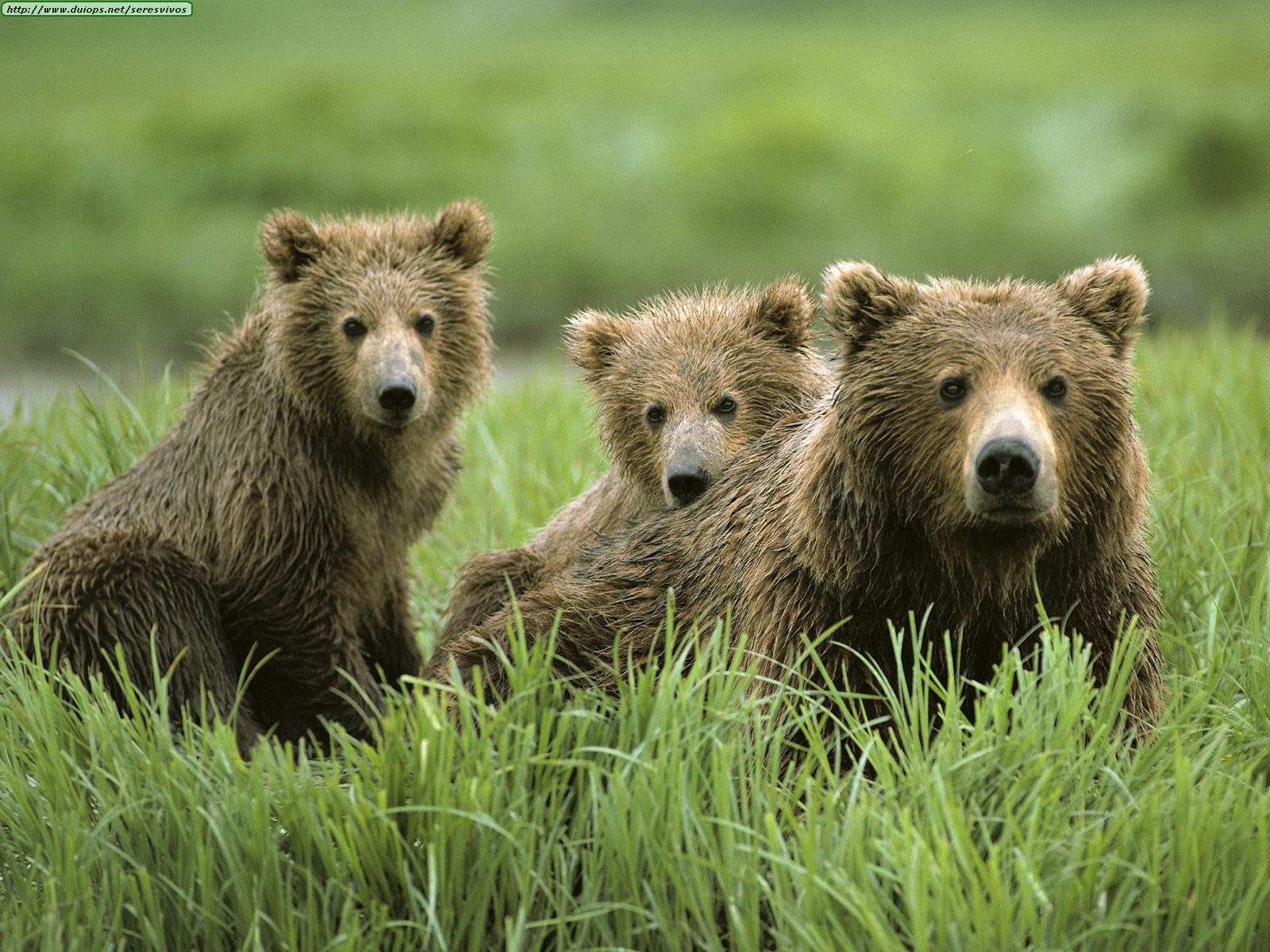

















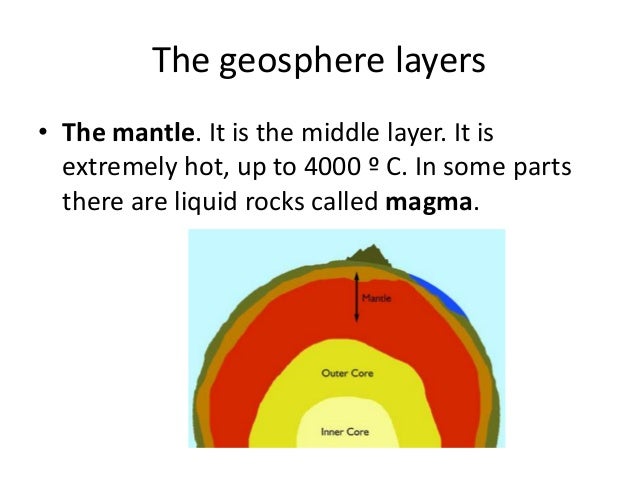



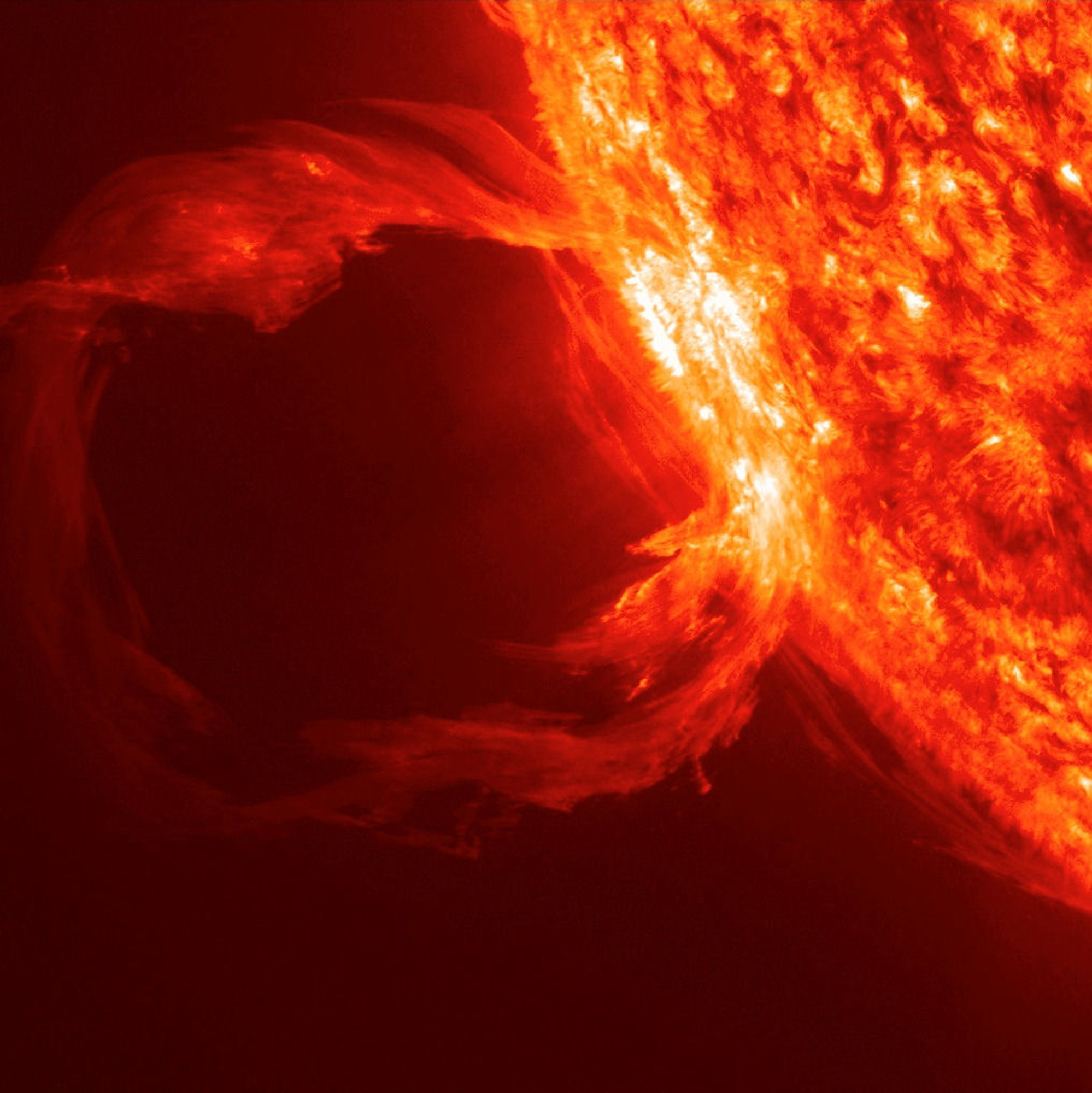










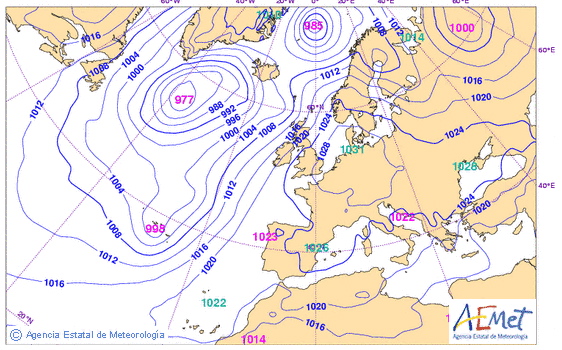





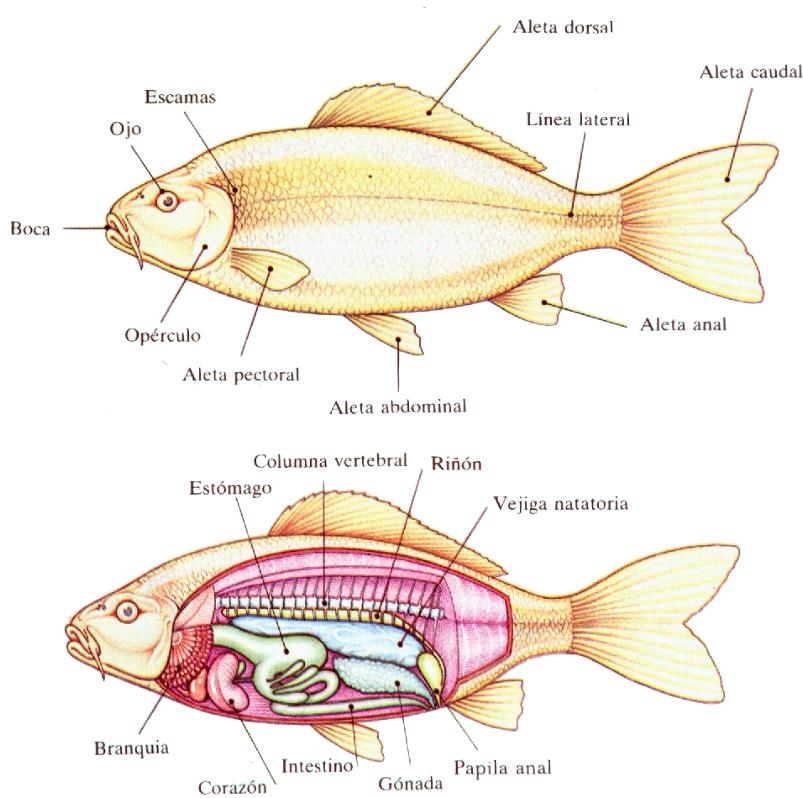
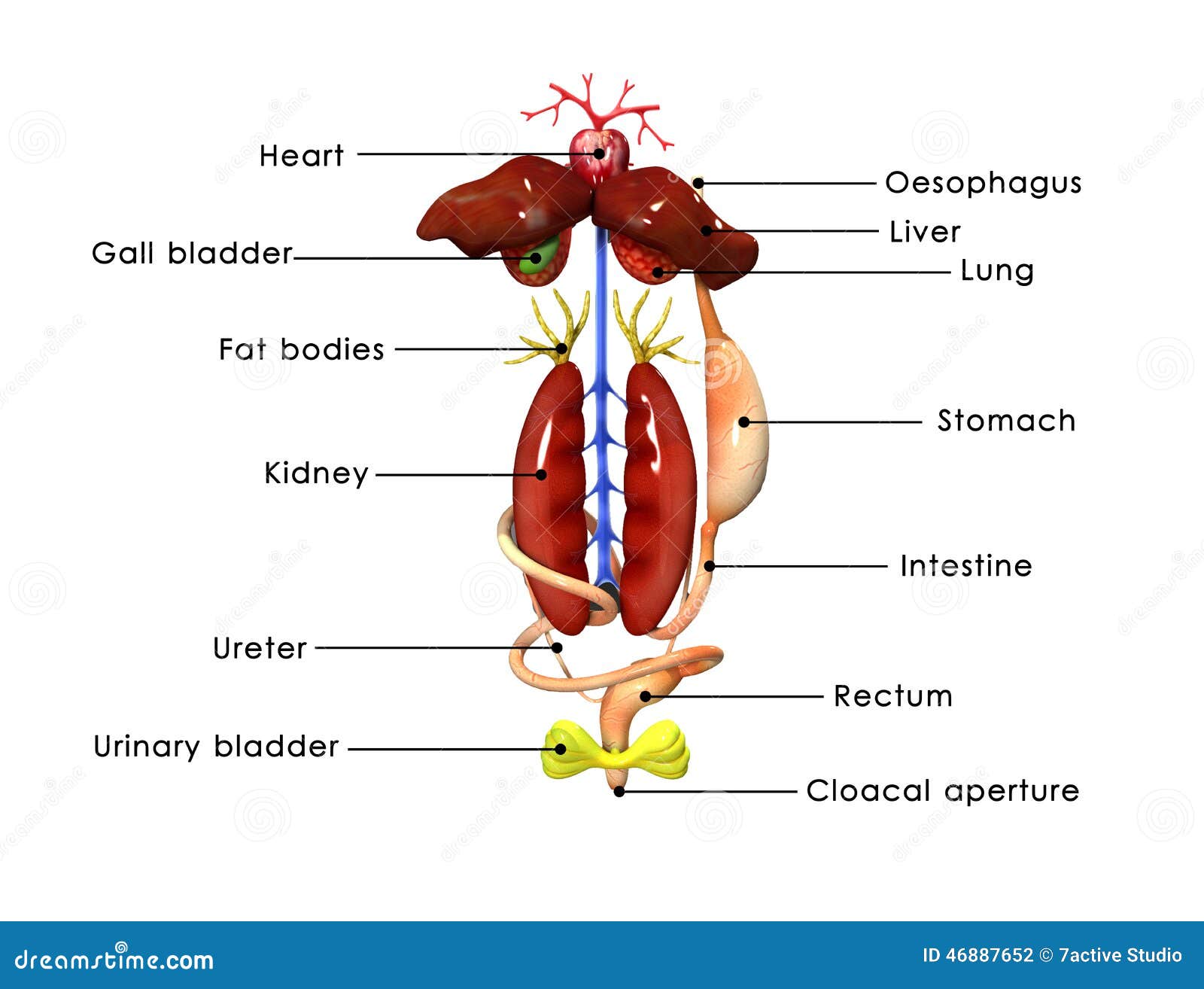
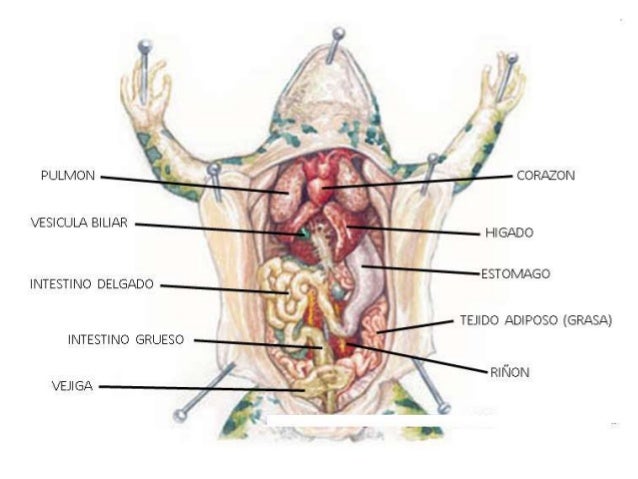
Hola, ¿Hay que estudiarse la tabla de biomolecules, monomers, elements and functions del cuaderno?
ResponderEliminarSi estudiala.
ResponderEliminardonde esta lo del eclipse?
ResponderEliminardonde esta lo del eclipse?
ResponderEliminarEn la página de entrada al blog
Eliminarhttp://scienceincuellar.blogspot.com.es/
Inspiring writings and I greatly admired what you have to say , I hope you continue to provide new ideas for us all and greetings success always for you..Keep update more information..
ResponderEliminarCAT coaching in chennai
Thanks a lot Priya. :-)
ResponderEliminar